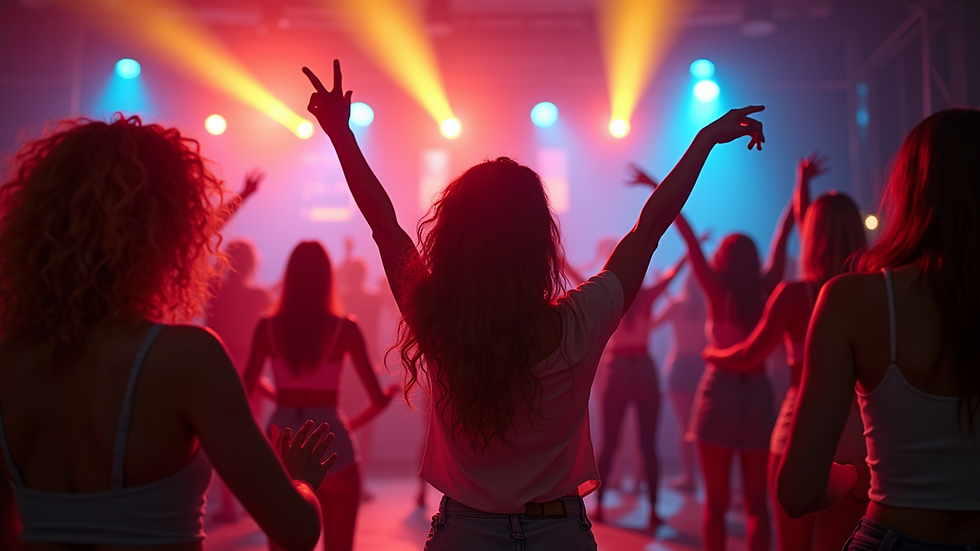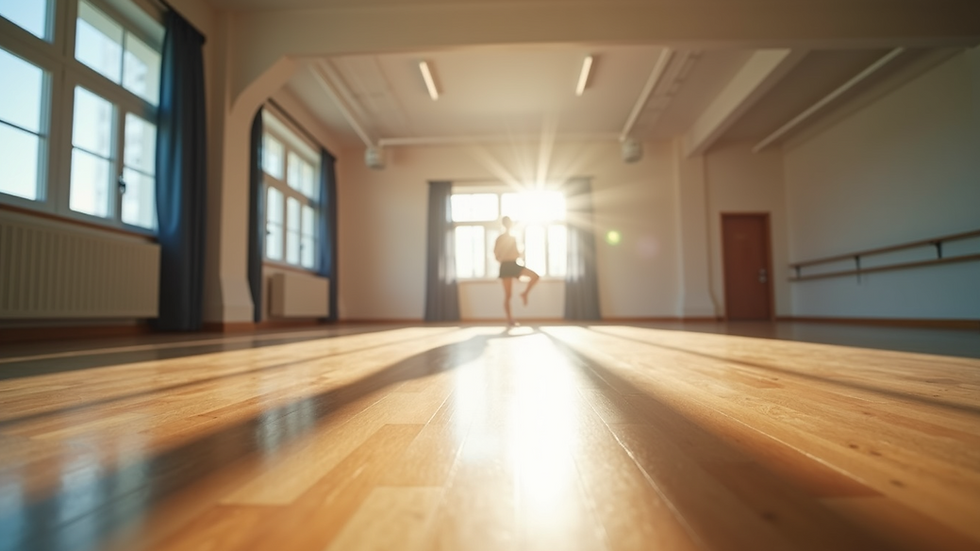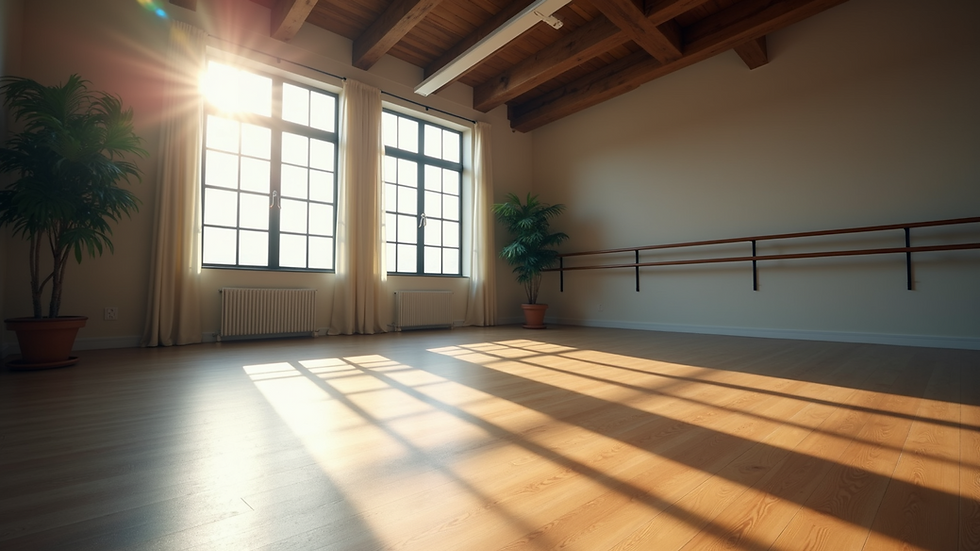How Dance Brings People Together in London
- Kizomba Addiction
- Jul 7
- 4 min read
Dance is more than just movement to rhythm; it is a universal language that transcends barriers and unites individuals across cultures. In a bustling metropolis like London, the dance community thrives, creating bonds among people from diverse backgrounds. Whether it’s in a class, at a social event, or during a flash mob, dance offers a unique opportunity for connection. Here, we will explore how dance brings people together in London, delving into various styles, communities, and experiences that embody this beautiful art form.
The Vibrant Dance Community in London
London's dance scene is a melting pot of styles ranging from ballet to street dance and everything in between. In every neighborhood, you can find studios and groups catering to different dance forms. This diversity invites a wide array of participants, fostering an inclusive environment where everyone can find their place.
For instance, Salsa dancing incorporates energetic rhythms and vibrant social elements that attract both experienced dancers and newcomers alike. Salsa nights at local clubs brim with laughter, excitement, and a shared passion for dance. The magnetic atmosphere encourages people to socialize, learn from each other, and even form lasting friendships.

Dance Classes and Workshops
Dance classes and workshops are excellent platforms for fostering connections among individuals. Many studios in London offer classes for various skill levels, encouraging participants to engage in a fun and supportive learning environment.
Take the example of the kizomba addiction london community, which provides classes for those interested in exploring the Kizomba dance style. As participants learn the movements together, they not only develop dancing skills but also the camaraderie that comes from shared struggles and achievements. This interaction nurtures a sense of belonging, allowing individuals to bond over mutual experiences.
The Social Aspect of Dance
The social aspect of dance cannot be overlooked. Events like dance socials and showcases create opportunities for dancers to meet and mingle. These gatherings help break down social barriers, allowing shy individuals to connect with others who share their passion.
Moreover, dance is often about celebrating culture. Events like Caribbean carnivals or Diwali festivals feature dance as a central theme, enriching the community's cultural tapestry. Through traditional dances, participants forge connections, creating a melting pot of culture and rhythm. This infusion fosters respect, understanding, and a strengthened sense of community.

Dance as a Tool for Empowerment
Beyond socializing, dance serves as a powerful tool for empowerment. Many organizations in London use dance to promote mental health, self-expression, and personal development.
For instance, dance therapy has gained popularity, providing a creative outlet for those dealing with anxiety or trauma. By encouraging self-discovery and expression, dance helps individuals heal while also connecting them to others who understand their journey.
Programs designed for marginalized communities often leverage dance to build confidence and a sense of identity. The shared experiences found within these programs cultivate understanding, compassion, and friendship among participants.
The Digital Influence on Dance Connections
In today’s digital age, technology plays a crucial role in uniting the dance community in London. Social media platforms make it easier than ever to connect with fellow dance enthusiasts.
Dance challenges on platforms like TikTok and Instagram have sparked new friendships as individuals participate in viral dance trends. These online interactions frequently translate to real-life meetings, as many dancers seek to collaborate or simply share their love for dance with others.
Furthermore, platforms like Zoom have allowed classes and workshops to continue during difficult times, enabling dancers to maintain connections. Virtual communities have sprung up, allowing dancers to meet people from all over the world, enriching their experiences and perspectives on dance.

Dance Bridges Cultural Gaps
London is home to a rich cultural diversity, and dance often serves as a bridge between different cultures. Various dance forms celebrate specific traditions, offering participants a glimpse into other ways of life.
For instance, traditional Indian dance forms like Bharatanatyam or Kathak find a place in London's rich tapestry, often performed at cultural festivals or dance schools. By learning and participating in these forms, individuals not only gain insights into other cultures but also form cross-cultural friendships.
Similarly, dance styles that originate from Africa, like Afrobeats and Kizomba, invite people to celebrate their heritage while sharing their culture with others. This exchange of ideas and traditions fosters coexistence, unity, and understanding among diverse groups.
The Future of London's Dance Community
As we look towards the future, the dance community in London holds immense potential for growth and connection. The inclusion of even more diverse dance styles and genres will continue to bring individuals together, allowing them to share their stories through movement.
Moreover, initiatives aimed at expanding access to dance—such as free community classes or outreach programs—will ensure that everyone has the opportunity to participate. By fostering a welcoming atmosphere, dance studios and organizations will continue to promote friendships and connections that enrich London's cultural landscape.
Ultimately, the strength of London's dance community lies in its ability to bring people together. Through classes, events, and shared celebrations, individuals from all walks of life can forge meaningful relationships rooted in a shared passion for dance.

By participating in the dance community, Londoners not only learn new skills but also foster connections that can last a lifetime. As this vibrant community continues to grow, its impact on individuals and society will undoubtedly flourish, making dance a powerful force for unity and inclusion.




Comments